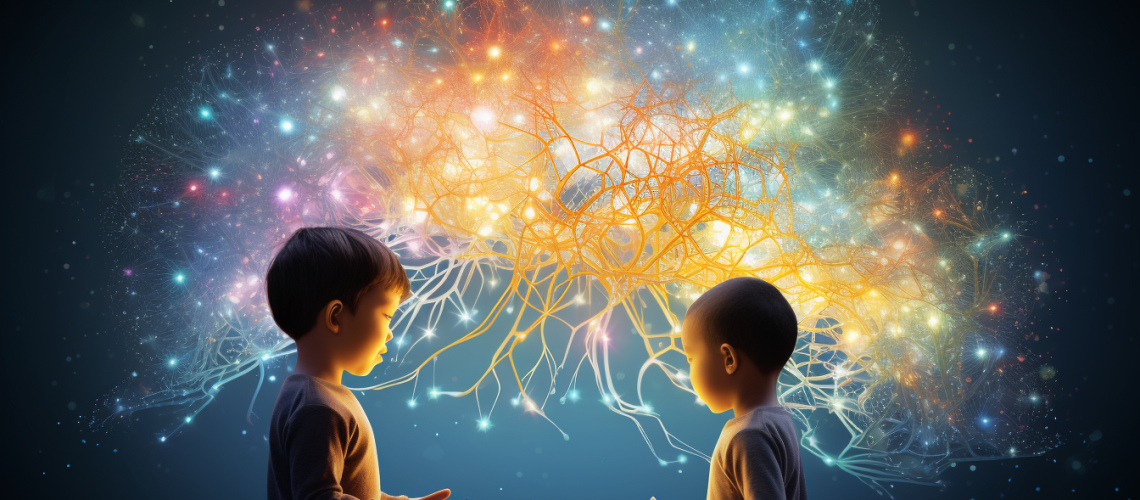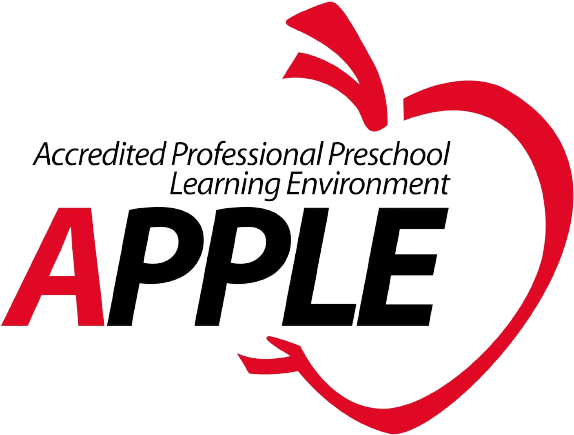Understanding the intricate process of brain construction in early childhood is essential for providing optimal experiences that promote healthy development. As Dr. Michael W. Regier highlights in the provided YouTube video, the first two years of a child’s life play a crucial role in shaping the neural connections in their brain. The concept of “use it or lose it” emphasizes the importance of early experiences that are emotional, social, and positive, as these experiences strengthen the neural pathways that are frequently utilized (Regier, n.d.). Bowlby’s Theory on Attachment further underscores the significance of secure attachments as foundational experiences, as they provide children with a sense of safety and security (Wittmer & Petersen, 2018).
The influence of early relationships and attachments on brain development is particularly prominent in the right hemisphere of the brain. The release of hormones and the activation of mirror neurons within this hemisphere contribute to the understanding and reflection of emotional experiences (Wittmer & Petersen, 2018). This neurobiological process further emphasizes the crucial role of emotional and social interactions in shaping the developing brain.
Temperament, an individual’s characteristic patterns of behavior and emotional responses, also plays a significant role in early childhood development. Each child’s unique temperament influences their reactions to stimuli and their capacity to form connections in response to different experiences. As Wittmer and Petersen (2018) explain, no two children are alike in their neural wiring and the ways in which they process and respond to similar environmental stimuli. This variability is readily observable in families where siblings raised in the same household may exhibit distinct reactions and behaviors.
Recognizing the importance of early childhood development, DAVIE ACADEMY, an early childhood center, places a strong emphasis on providing attention, modeling, and meeting the basic needs of children. The experiences children have with their teachers are instrumental in shaping their development and forming secure and loving relationships. By utilizing age-appropriate strategies tailored to each child’s unique needs, DAVIE ACADEMY ensures their growth, development, and the formation of lifelong relationships (Wittmer & Petersen, 2018).
In conclusion, the construction of the brain in early childhood is profoundly influenced by a range of factors, including early experiences, attachments, temperament, and social interactions. Understanding these influences enables educators and caregivers to create enriched environments that support optimal brain development and foster secure relationships. By prioritizing emotional connections, providing age-appropriate strategies, and meeting children’s basic needs, we can lay the foundation for lifelong learning and healthy development.
References:
Regier, M. W. (n.d.). Construction of the Brain [Video]. YouTube. Retrieved from [insert YouTube link]
Wittmer, D. S., & Petersen, S. H. (2018). Infant and toddler development and responsive program planning: A relationship-based approach. NY, NY: Pearson.



